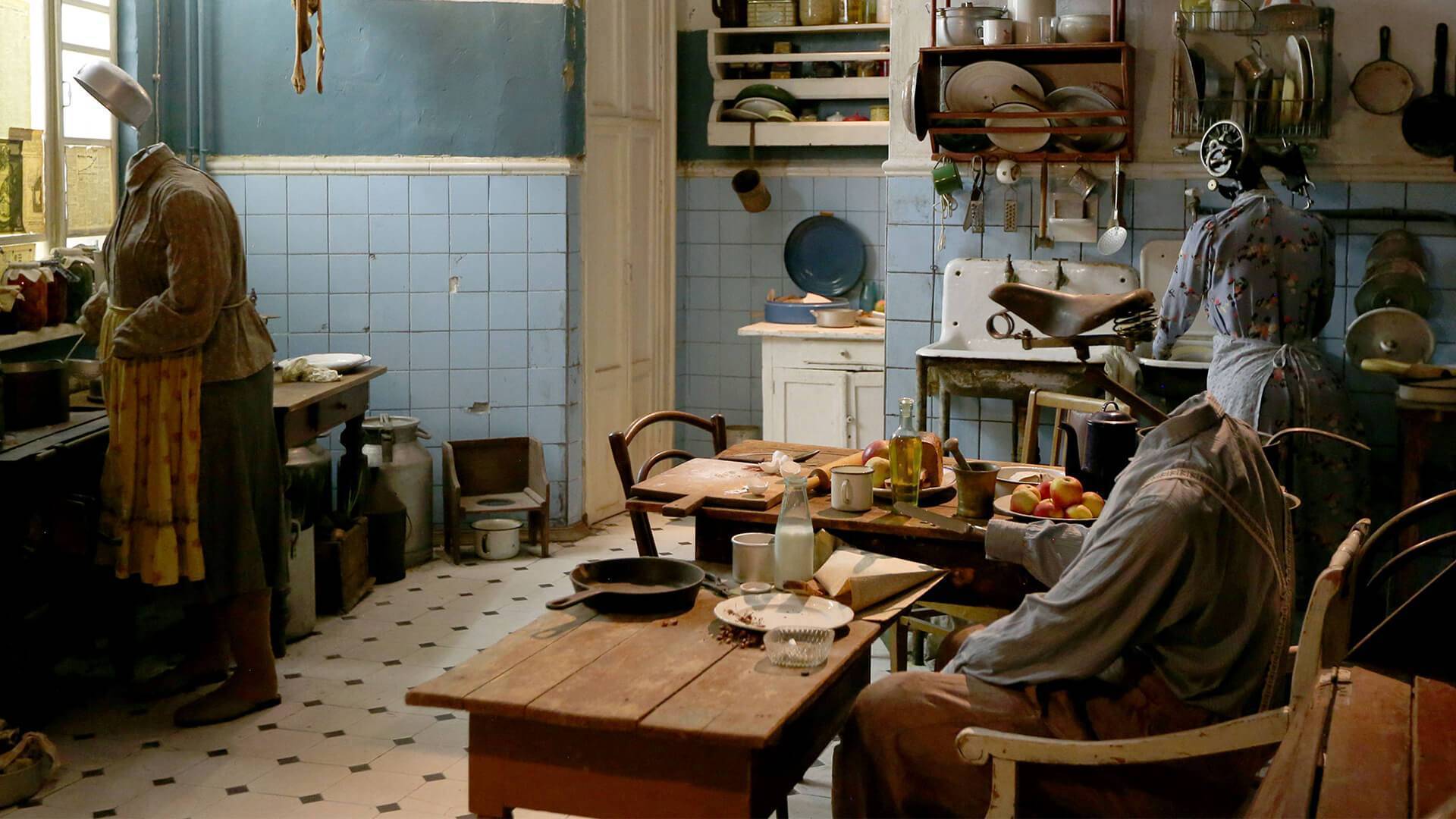lorem ipsum
A Sparkling Shrine to a Reviled Russian Leader

YEKATERINBURG, Russia — President Vladimir V. Putin of Russia has reviled those years as a period of chaos, crime and “total poverty” that “nobody wants to ever see return.”
Kremlin-controlled news media outlets regularly lambast what they call “the wild 90s” as a time of personal humiliation and shameful national weakness.
All the abuse, however, has been an unexpected boon to the Boris Yeltsin Presidential Center, a shimmering shrine on the edge of Siberia to Mr. Putin’s reviled predecessor and his turbulent years in power, from the 1991 collapse of the Soviet Union to the end of 1999.
“I am glad they are constantly criticizing the ’90s,” said Alexandr Drozdov, the executive director of a private foundation that oversees the Yeltsin center, a museum and archive complex dedicated to Russia’s first elected and, at least according to opinion polls, widely loathed late president. “I tell them, ‘Keep criticizing, please don’t stop.’”

The torrents of scorn poured on Mr. Yeltsin and his era by the Kremlin’s cheerleaders have given the complex an edgy appeal, helping it attract more than 700,000 visitors since it opened three winters ago.
It has become perhaps Russia’s most popular and certainly its most lavishly equipped outpost of alternative history and against-the-grain thinking.
On the surface, the complex — set next to a lake in the center of Yekaterinburg, the industrial city where Mr. Yeltsin lived for much of his life and where Czar Nicholas II and his family were murdered by the Bolsheviks — is a showcase for how Russia has changed for the better under Mr. Putin.
It is shiny and modern, efficiently run and brimming with high-tech flourishes.
But at its core, the complex is a mournful requiem for the many things lost since Mr. Yeltsin stepped down on Dec. 31, 1999, and handed power to his chosen successor, Mr. Putin, with the words: “Take care of Russia.”
Mr. Yeltsin, said Mr. Drozdov, “would be very disappointed” had he lived to see where Mr. Putin has taken the country. “He would cry.”

One exhibit features puppets from a satirical television show that, in the 1990s, skewered Mr. Yeltsin and his officials mercilessly. The show was canceled by Mr. Putin, who took umbrage at his representation by an ugly, dwarfish puppet.
The once private television station that broadcast the weekly show, NTV, is now controlled by the state and serves as a bullhorn for Kremlin propaganda.
Western-oriented liberals mostly view Mr. Yeltsin as a brave, if deeply flawed, hero who rallied resistance to an August 1991 putsch by Communist Party hard-liners, broke the back of the Soviet Union, introduced capitalism and gave birth to Russia as a free and democratic nation.
Nationalists and leftists, though, remember him as at best a vodka-soaked buffoon and at worst a traitor working for the West.
They want the complex shut down, or at least altered to create what Ilya Belous, a noisy local critic, thinks should be “a museum of Yeltsin’s crimes.” (A Muslim cleric close to the Kremlin has suggested that it be simply blown up.)

“Putin’s P.R. team has reduced everything to the contrast between images of a young, dynamic Putin and an old, alcoholic Yeltsin,” said Yevgeny V. Roizman, a Kremlin critic who resigned last summer as the elected mayor of Yekaterinburg in protest at the abolition of mayoral elections in the city.
“Many people don’t really know what happened in the 1990s,” the former mayor said. “They simply don’t understand what Yeltsin did and why.”
“They blame Yeltsin for destroying the Soviet Union,” he continued, “but nobody destroyed it. The Soviet Union fell apart of its own accord because it could not support itself ideologically or economically. It simply collapsed.”
The center’s goal, said Dina Sorokina, the museum director who is a graduate of New York University, is not to whitewash Mr. Yeltsin, though it does largely ignore some of the more odious features of his rule, notably the emergence of so-called oligarchs through corrupt privatization deals.
“The goal is not hagiography but an attempt to understand that time and also where we are now,” she said.

The silence about Russia’s oligarchs is perhaps explained by a list of donors at the entrance. It includes billionaire tycoons like Oleg Deripaska and Roman Abramovich, both of whom made their fortunes in the 1990s.
Also named as a donor, curiously, is Mr. Putin, who attended the opening of the museum, along with Mr. Yeltsin’s widow, Naina.
In a stiff speech, Mr. Putin said the museum told “the honest story of what was done in a difficult time.”
Mr. Drozdov recalled that the president strolled through exhibit halls celebrating lost freedoms “without a hint of emotion on his face.”
“He was like a mummy,” Mr. Drozdov said.
The Kremlin’s blessing for the project, said Mr. Roizman, the former mayor, flowed from a contradiction at the heart of Mr. Putin’s rule. While he has undone much of Mr. Yeltsin’s legacy, particularly in politics, he came to power thanks to Mr. Yeltsin.



